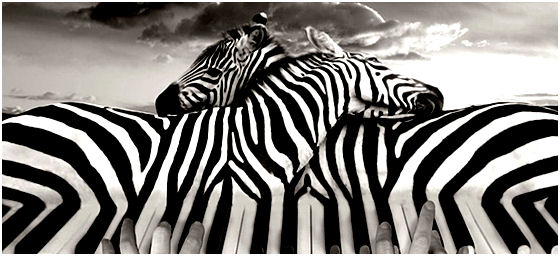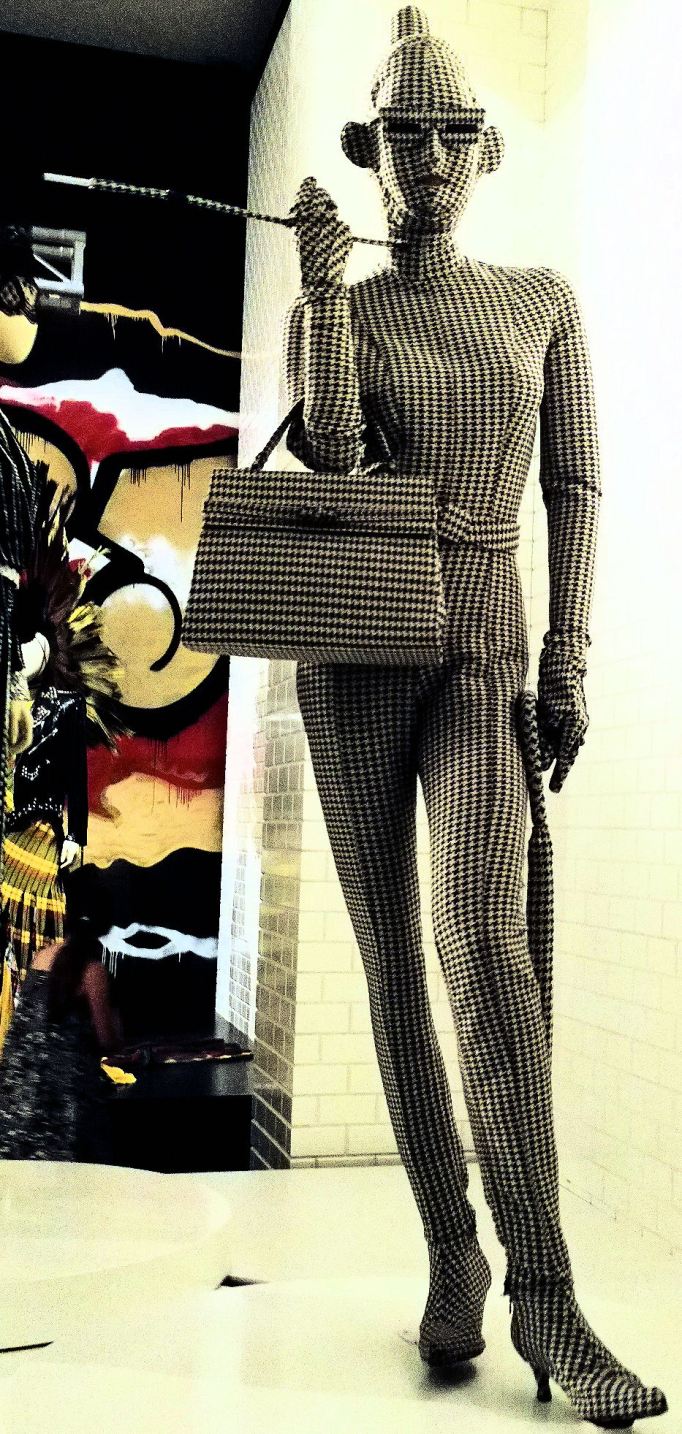I find myself quoting lines from songs I have found wisdom or beauty in.
Sometimes they are about relationships, but always they are about life, how we live it and how things change. I am particularly appreciative when songs are about something other than the passion to be found in a relationship between adult partners. I understand the universal appeal of love, but how many songs can you have that are just variations on the one theme?
Today I will explore one of the song lyrics that frequently comes into my mind and what it has led me to consider. In coming weeks I will present and discuss some other quotes. Additionally I thought it might be time to provide a brief summary of previous posts, and some quick links to each, so I plan to do this in the near future too.
Technology & Change
Kevin Ayers wrote, ‘It begins with a blessing, but it ends with a curse. Making life easy, but making it worse.’ I always think of this line in connection with technological advances. The things we gain and the things we lose in our quest to automate, improve, make more efficient and increase production. So we can have more, different, newer and sooner. The world gives us all these improvements, but have we really gained anything? Have we improved our quality of life?
It is all too easy to mourn the things we lose as the world changes. I believe it’s a cry handed down through the generations that things were better in the past. Of course it’s all relative and the truth is more people live longer. in more comfort and less fear than at any time in history. In many parts of the world we feel as if we are in control of our lives. We can expect to see our children grow up in safety and to be cared for if we become frail or seriously unwell.
But who can say if those who lived in a previous age were happier or not. Maybe they were so busy they didn’t think about being unhappy, or maybe they felt more connected to their communities. Maybe the lack of technological and mechanical machinery allowed us to experience the simple pleasure in doing things the hard way, the long way. Maybe there is more satisfaction in the completion of a task done this way.
I certainly feel that the emphasis on ‘throughput’ we now experience in all areas of production, from building homes to health care, takes away much of the job satisfaction eg that a nurse might feel when allowed to really care for the patients under their care rather than meet the demands imposed by funding and the need to keep statistics.
Planned obsolescence, the need to increase production to grow feeds into a spiral that diminishes the value of the old. Even the most expensive items we buy are no longer built to last. I have been amazed that I am expected to be pleased my refrigerator has continued to perform for more than 10 years. Such things were once called Consumer Durables, now it’s just Whitegoods. I guess no-one wants to raise our expectations by calling them durable. I believe new homes can have as little as a year’s warranty on them for workmanship and materials. Certainly many of the homes I’ve seen being put up haven’t stood the test of even a few years time. Cracks appear and walls become discoloured as pipes and gutters rust or leak. And when the sturdier, old homes are pulled down we rarely save the crafted, quality or simply reusable pieces, like leadlight windows, marble fireplaces, bricks or hardwood flooring.
I recently talked to the workmen who were knocking down a couple of houses locally. They told me they didn’t have time to salvage as their schedule didn’t allow for it. By keeping quotes low they were committed to simply tearing down and binning the entire house. Easier, quicker, but all that history and craftsmanship lost!
Maybe things don’t really change for the worse, overall. Maybe it’s just change. Maybe we’ll always feel that the urban landscape is being changed for the worse, just because of our own history. I grew up in the hills around Melbourne and am frequently nostalgic for those nearly uninterrupted views of trees and gardens. However, I was surprised to discover my sister-in-law, who grew up in the inner suburbs where nature was much flatter and less densely populated with vegetation, found it all depressing and unhomelike.
So the longer we’ve been alive, the more change we’ve experienced, perhaps the more dissatisfied we are with progress, mourning the things we lose rather than celebrating the ones we gain.
The electrical cables that thread our landscape and cut across our sky are things we’ve become accustomed to and can largely discount when we look at our world. Of course a photo brings them into sharp relief. But I wonder how much energy goes into ignoring the things that are disharmonious around us. The cheap housing, the shoddy products we buy.
I was recently appalled to hear of a newly purchased, deep fat fryer’s handle breaking off, full of hot oil. Really we do seem to have strayed too far down the path of cheaper and quicker if we are selling and buying products where quality control is so absent.
But that isn’t important to many. They want to update regularly and have no sense of wanting to keep things. Lene Lovich sang ‘I want a new toy, nothing too demanding, new toy, to keep my mind expanding.’
We inevitably lose, or put aside some older things when new toys come along. As technological advances seem to only increase in speed, it is increasingly difficult for some of us to let go of the things we love or are just plain familiar with. I find I really can’t be bothered to keep re-buying the same things, especially the whitegoods and everyday things we use to make life easier. It’s not an event to shop for these things, it’s a chore.
Still the pressure to change to consume, to move on is always there in our culture. As our skylines fill with crane’s and new and ever taller buildings.
As people and homes become bigger, as we stuff ourselves, our homes and lives with more things there seems to be a definite imperative to expand or perish. Experts tell us obesity and hoarding are problems that are negatively impacting our quality of life and give us advice on how to cut down. It’s not surprising that Minimalism is a growing trend.
Alison










